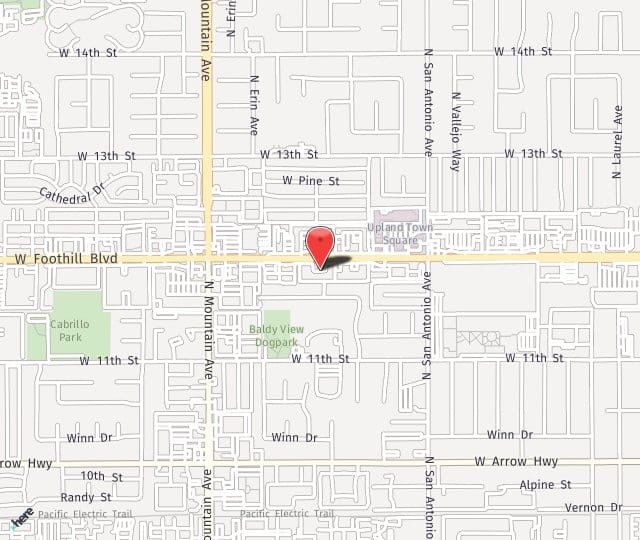A Pap test, or Pap smear, is part of a woman's annual wellness exam. The Pap test involves extracting a small sample of cells from the cervix. These cells are examined, in a lab, for abnormal cell changes. The Pap test is used in diagnosing cervical cancer and human papilloma virus, or HPV.
An abnormal Pap smear doesn't necessarily indicate a condition like HPV or cervical cancer. Pap smears detect any changes within the cervical cells, not just cervical cancer. Abnormal Pap smear results may indicate other conditions such as inflammation or infection. False positives are also possible from Pap smears, however further testing is recommended to protect your health whenever the Pap smear is abnormal.
Types of Pap Smear Results
There are three categories of results: normal, unclear and abnormal.
Negative Result
A negative, or normal, result occurs when no changes to the cells of the cervix have been detected. This is a healthy diagnosis, however, the patient should continue to receive regular Pap smear tests.
Unclear Result
Unclear results are not uncommon, and they simply refer to an inconclusive finding that the cervical cells may or may not be abnormal. This may mean that too few cells were collected during the test. It can also indicate a disease or infection as well as changes caused by hormones or inflammation. The results may be influenced by other factors too, such as having had sexual intercourse, using a douche or applying vaginal cream in the two days prior to the Pap smear testing.
Abnormal Result
Abnormal, or positive, results typically indicate changes to the cervical cells, which may be caused by a number of conditions. They range from mild changes, which may be the result of an infection, to moderate or severe changes, which are a sign of potentially serious pre-cancerous or cancerous tissues.
Follow-Up for Abnormal Pap Smears
The doctor will make recommendations for additional testing or treatment based upon the patient's age and type of dysplasia, or abnormal cells which are found in the cervix.
Repeated Pap Smear
Some patients may require a repeat Pap smear every three months for follow-up,until the Pap smear results return to normal. This is a standard approach when the changes that were detected in the cervical cells are considered minor, and they will often resolve with no treatment. However, these follow-up appointments are essential to ensure that the initial results were an anomaly.
Colposcopy
The doctor may recommend a colposcopy test if the Pap smear is abnormal. During the colposcopy, a microscope is used to examine the cervix more closely and a biopsy is taken from the cervix. The exam itself is similar to a Pap smear in that a speculum is inserted into the vagina so that the cervix is visible. After the biopsy results are received, the doctor will recommend any treatment indicated to prevent cervical cancer.
Loop Electrosurgical Excision Procedure
Some patients will need a mini-surgery called loop electrosurgical excision procedure, also known as LEEP, to remove precancerous cells from the cervix. During the procedure, the abnormal cells are removed to prevent the development of cervical cancer. Wire loops attached to an electrosurgical generator cut away the affected tissue, causing the cells to heat and burst. The tissue removed is sent to a lab for further evaluation and to ensure that the abnormal area has been fully removed.
False positive results of Pap smears may sometimes occur. Recent research and new technology has led to more accurate tests, however these are more costly and are not always covered by insurance. If a false positive result occurs, the doctor may recommend the use of a different test to confirm the results. The possibility for false negative results also exists. It is recommended to regularly receive a Pap smear as a part of a woman's annual wellness exam. The patient should discuss all testing results and treatment options with the doctor.

